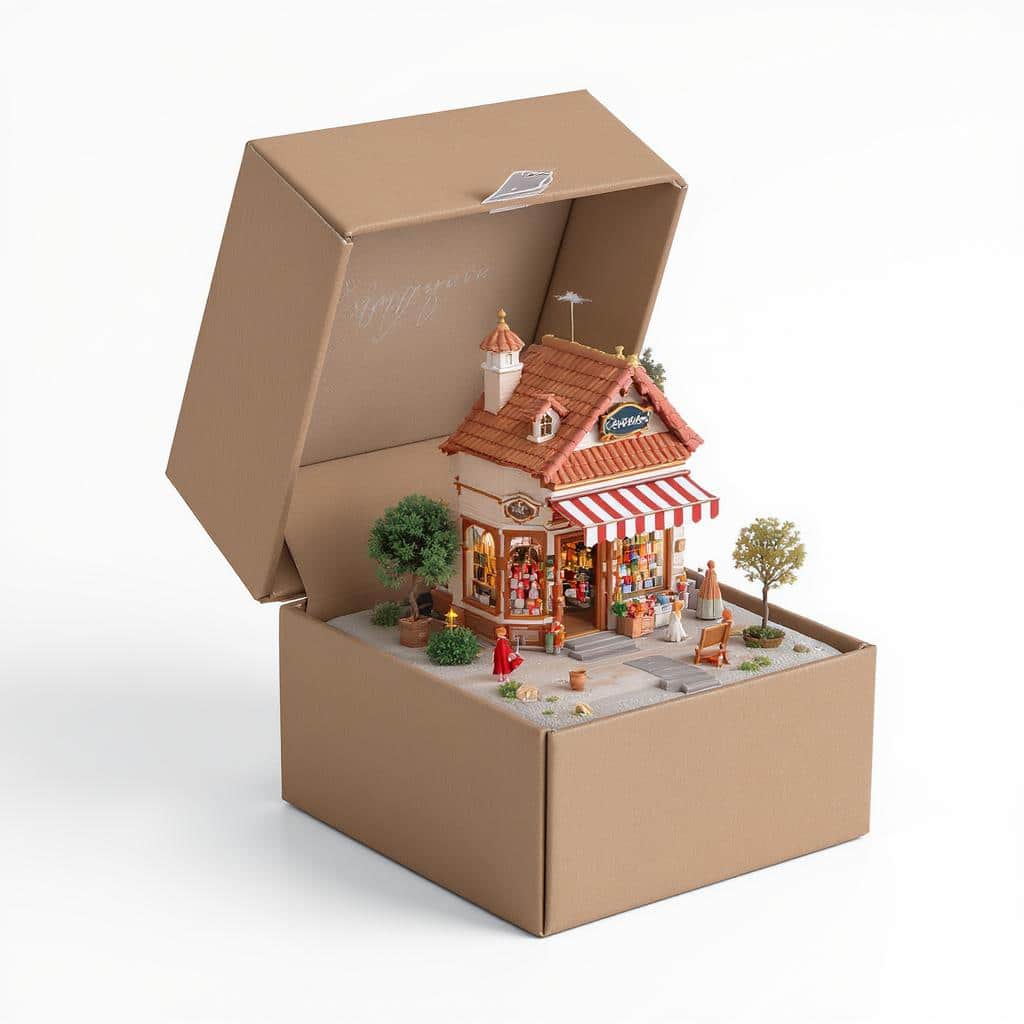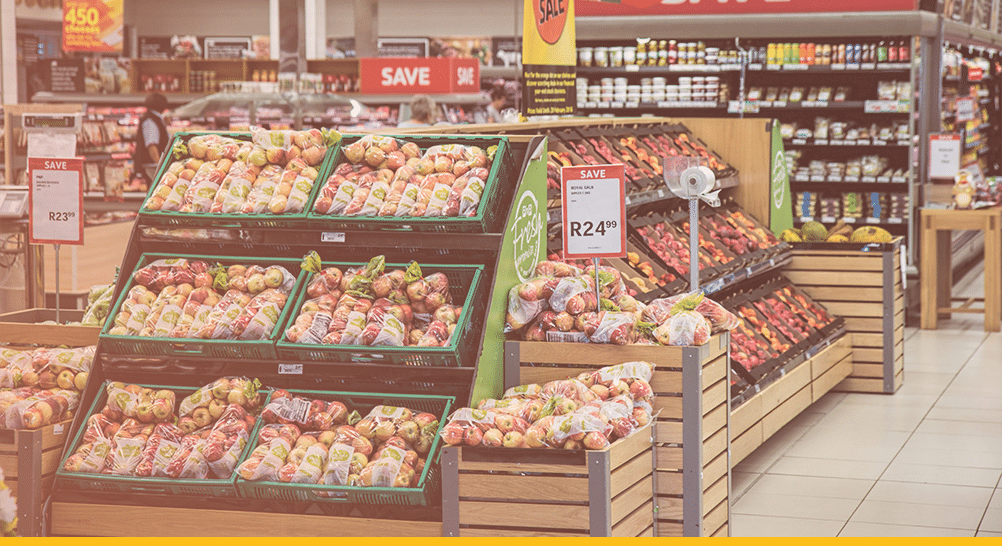Technology as a Retail Growth Engine
Retail is in the midst of a digital transformation. From artificial intelligence to self-checkout systems, technology is reshaping how retailers operate and serve customers. But innovation is not without risk—costly rollouts, poor customer adoption, or internal resistance can turn a promising tool into a sunk investment. That’s where a “test and learn” approach comes in.
By piloting new technologies in controlled environments before committing to a chainwide implementation, retailers, grocers, and convenience stores can reduce uncertainty and make informed, confident decisions.
Why Test Before Rolling Out?
Mitigating Financial and Operational Risks
New technology often comes with significant up-front investment in hardware, software, training, and support. A failed rollout can lead to operational disruptions and lost customer trust. A test and learn approach allows retailers to validate technology performance under real-world conditions before scaling up.
Improving Employee and Customer Adoption
Employees may be hesitant to change their workflows, and customers may not embrace unfamiliar systems. Testing technology in select locations helps identify training needs and customer usability issues early.
Validating ROI
Testing allows businesses to measure impact—on speed, cost, satisfaction, and sales. If the tech doesn’t move the needle in a test group, it likely won’t at scale either.
Examples of Retail Technology Pilots Done Right
1. Wesco & AI-Powered Self-Checkout
Wesco, a regional convenience store chain in Michigan, tested Mashgin’s AI-powered self-checkout kiosks at a handful of locations. The goal: reduce checkout times and staff strain. The result? A 67% reduction in transaction time, increased customer satisfaction, and shorter lines during peak hours. Based on these results, Wesco expanded the kiosks to additional stores.
“We’re seeing repeat customers prefer Mashgin lanes. It’s intuitive and fast,” said a Wesco executive in a public statement.
(source)
2. Walmart & Shelf-Scanning Robots
Walmart piloted shelf-scanning robots in select stores to automate inventory checks and restocking alerts. While initial tests showed promise, Walmart eventually pulled the plug, citing better-than-expected results from human workers during the pandemic. The test helped Walmart avoid unnecessary system-wide investment.
3. Kroger & Digital Shelves
Kroger tested digital shelf tags that display dynamic pricing and promotions, enabling real-time updates and freeing staff from manual labor. The test helped Kroger fine-tune the tech for full deployment while identifying training gaps and customer preferences.
Steps to Successfully Test New Technologies
1. Set a Clear Hypothesis
Start with a clear statement like:
- “Introducing self-checkout will reduce average transaction time by 30%.”
- “AI planogramming will increase basket size in the candy aisle.”
This ensures your team knows what success looks like.
2. Select Appropriate Test Sites
Choose test stores that are representative of your overall customer base but logistically manageable. Avoid outliers (e.g., high-volume flagships or underperformers) unless that’s where the tech is meant to shine.
3. Establish KPIs and Baselines
Examples:
- Average transaction time
- Customer satisfaction (CSAT) scores
- Staff utilization rates
- Error rates or downtime for the technology
Benchmark these KPIs before launching the pilot.
4. Train Staff and Gather Feedback
Train employees thoroughly, and create a feedback loop. Often, staff uncover unexpected pain points or advantages that raw data doesn’t reveal.
5. Monitor and Measure
Collect both quantitative and qualitative data. Use digital tools to track usage and efficiency, and conduct in-person interviews or surveys for context.
6. Decide: Expand, Iterate, or Abandon
Based on your findings:
- Expand if KPIs exceed expectations.
- Iterate if the concept works but execution needs refinement.
- Abandon if the ROI or usability isn’t there.
Common Pitfalls and How to Avoid Them
Failing to Align Tech With a Business Need
Tech should solve a specific business problem—not just be trendy. Ensure your hypothesis ties directly to business goals.
Ignoring Employee Buy-In
If your staff isn’t on board, even the best technology can fail. Include frontline employees in testing, listen to their concerns, and adjust accordingly.
Not Accounting for Scale
What works in one location may not scale seamlessly. Assess infrastructure needs (network bandwidth, hardware support, logistics) before expansion.
Testing Too Many Variables at Once
Avoid introducing multiple changes at once (e.g., new checkout system and new loyalty program). It makes it hard to isolate cause and effect.
How Test and Learn Boosts Long-Term Innovation
Reduces Organizational Fear of Failure
Small-scale testing creates a safe environment for trying bold new ideas. Even failed tests become learning experiences rather than costly mistakes.
Builds a Culture of Continuous Improvement
Retailers that embrace test and learn cultivate a growth mindset—continually asking, “How can we do this better?”
Drives Agile Decision-Making
Rather than committing to a single path, retailers can pivot quickly based on live data, ensuring they stay competitive in a fast-changing market.
Conclusion: Smart Technology Starts with Smart Testing
Retailers don’t need to fear innovation—they just need to manage it wisely. By piloting new technologies in measured, data-rich environments, grocers and convenience stores can make smarter, safer bets on the tools that will define the future of retail.
Whether it’s AI checkout, dynamic pricing, or shelf analytics, test and learn ensures that the decision to roll out a new tech isn’t a gamble—it’s a calculated, customer-centered move.




